Scooters are increasingly used by motorists all over the world mainly due to their low fuel consumption, easy parking and storage, and low cost of purchase and maintenance. Many major scooter brands have already moved their manufacturing arms to China. These plants, along with other home-grown scooter makers, place China as the top producer of motor scooters.
InTouch is the industry leader in inspection and quality control services for motorized scooters in China. In development of our scooter inspection and quality control protocols, only the current and most relevant international standards are considered.
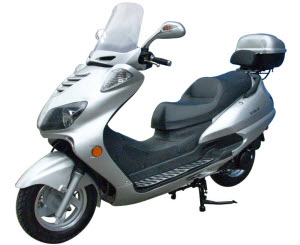
ISO 4106
This International Organization for Standardization-formulated standard provides the test methods for the determination of net power of scooter engines. Engine net power is considered by many scooter riders as a primary determinant of value; making this standard an indispensable component of scooter inspection and quality control.
ISO 5751
This is a three-part international standard dealing with scooter tires and rims. ISO 5751-1 provides the design guidelines; ISO 5751-2 is for scooter tires; and ISO 5751-3 specifies the approved rim contours.
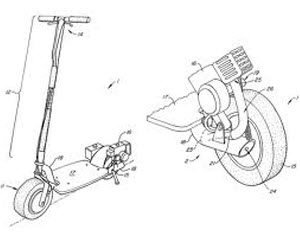
ISO 6460
The world is becoming more concerned on the effects brought by excessive consumption of fossil fuel. Scooters must undergo and pass gas exhaust emission tests before they are permitted to be used in public roads. Scooters with higher fuel consumption efficiency ratings are preferred by many riders, especially now that the price of fuel is high. ISO 6460-1 provides the general test requirements in evaluating gas exhaust emission and fuel consumption. ISO 6460-2 provides the test cycles in evaluating gas exhaust emission of scooters. ISO 6460-3 is used to determine fuel consumption of scooters by running it at constant velocity.
ISO 7117
Government regulatory bodies around the world use maximum speed to identify laws and regulations applicable to a certain brand and model of scooter. ISO 7117 provides the test methods for determining the maximum speed of scooters.
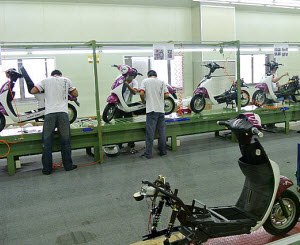
ISO 8710
Scooter brake systems must be tested and measured according to uniform international test procedures to ensure safety. ISO 8710 provides the brake system test methods, including dry stop test, wet brake test, and high speed test.
ISO 10190
Scooter chains are covered by ISO 10190. It includes chain tolerances, measurement of length, and requirements on tensile and dynamic strength.
ISO 11460
Scooter lighting and light-signaling devices allows safer travel during night. ISO 11460 provides the guidelines for the positioning of these safety devices.
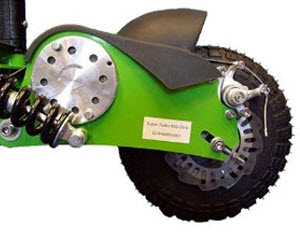
SAE J584, SAE J131, SAE J13106
Scooter lighting fixtures allow riders to cruise the darkness of night safely. SAE International addresses these lighting fixtures used in scooters through the following standards: SAE J584 covers the design considerations and general requirements for scooter headlamps; SAE J131 is designed to cover turn signal lamps; and SAE J13106 covers auxiliary front lamps. These SAE International standards may be used in reference with ISO 11460.
SAE J47
This SAE International standard provides the test methods for evaluating the maximum loudness of sound produced by scooters. This standard is essential as excessive noise may affect safety.
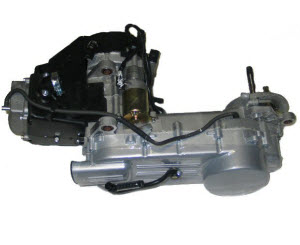
SAE J268
Scooter rear view mirrors are covered by SAE J268. Specific guidelines are provided in SAE J268 to make sure that scooter riders have a clear view of what’s behind them.
SAE J1241
Fuel capacity of scooters determines its ability to travel before the need to refuel. SAE J1241 specifies the requirements for fuel tanks in scooters. This standard also covers lubricant tanks.
SAE J1192
Scooter horns are covered by SAE J1192. The test methods in this standard are used for evaluating life, resistance to corrosion, and loudness of scooter horns
[sidebar name="case studies"]







